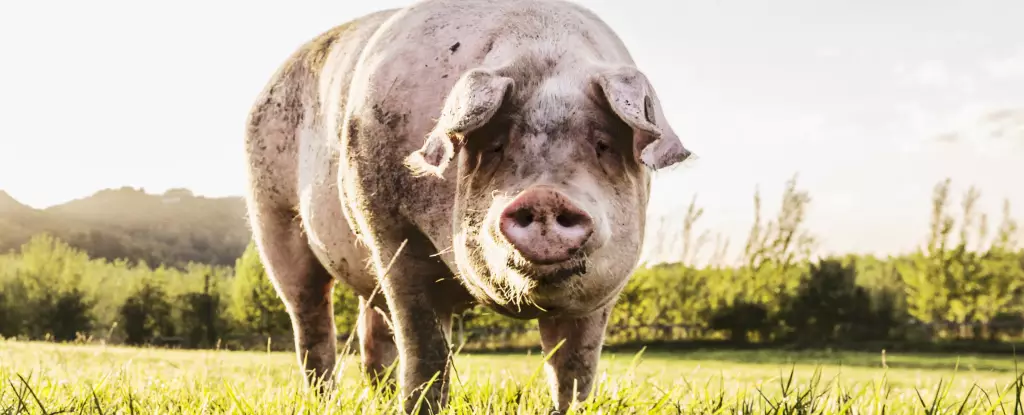In a striking development, a pig in Oregon has tested positive for the H5N1 avian flu, marking a significant first for the United States. The U.S. Department of Agriculture (USDA) confirmed this occurrence, revealing that the infected pig was discovered just days after poultry on the same farm also showed positive results for the virus. This incident raises vital questions about the transmission dynamics of avian pathogens and their implications for both animal and public health.
The farm where the infection was discovered is a non-commercial operation, and the affected animals were not destined for the marketplace as food sources. While this might provide a sense of relief regarding immediate public health risks, it does not mitigate broader concerns. Authorities stated that there is currently no threat to the national pork supply, emphasizing the controlled environment of the yard where these animals are kept. Despite the assurance, the emergence of the H5N1 virus in a mammal adds an unsettling layer to the ongoing narrative of zoonotic diseases.
Transmission Mechanisms and Risk Assessment
The USDA noted that the livestock involved shared common housing, water sources, and equipment, encapsulating the factors that promote cross-species transmission. H5N1 is typically known for its strong affinity for birds, but cases involving mammals have been on the rise in recent years. Public health experts are particularly wary that such interspecies transmission may create conducive conditions for mutations, potentially leading to a strain capable of infecting humans.
The infected pig showed no apparent signs of illness, an unnerving facet given that asymptomatic carriers can still harbor and transmit dangerous pathogens. Following the positive tests, measures were taken, including the euthanasia of the infected animal and others in close contact, to better analyze the viral behavior.
The situation has prompted the immediate quarantine of the farm to prevent further spread of the virus, with heightened surveillance protocols for other animals, including goats and sheep, on the premises. As part of a broader public health strategy, the USDA is not only focusing on immediate containment but is also conducting genomic sequencing of the pig’s sample to monitor any changes that could enhance transmissibility among species.
While data gathered from the infected poultry have not indicated any alarming genetic mutations that could increase the virus’s risk to humans, the prevalence of H5N1 in mammals is a point of concern that cannot be overlooked. The developments in Oregon serve as a reminder of the intricate web of interactions within ecosystems and the persistent threat of zoonotic diseases, a reality that demands continuous monitoring and proactive measures.
As we navigate through this episode, the emphasis should remain on vigilance and preparedness. The occurrence in Oregon may be isolated, but it underscores the importance of animal health surveillance and the risks associated with avian influenza. While immediate risks to humans appear minimized, the landscape of infectious diseases reminds us that today’s isolated incident could be a precursor to more significant challenges ahead. Stakeholders ranging from farmers to public health officials must therefore collaborate closely to mitigate risks and prepare adequately for any future outbreaks.


Leave a Reply